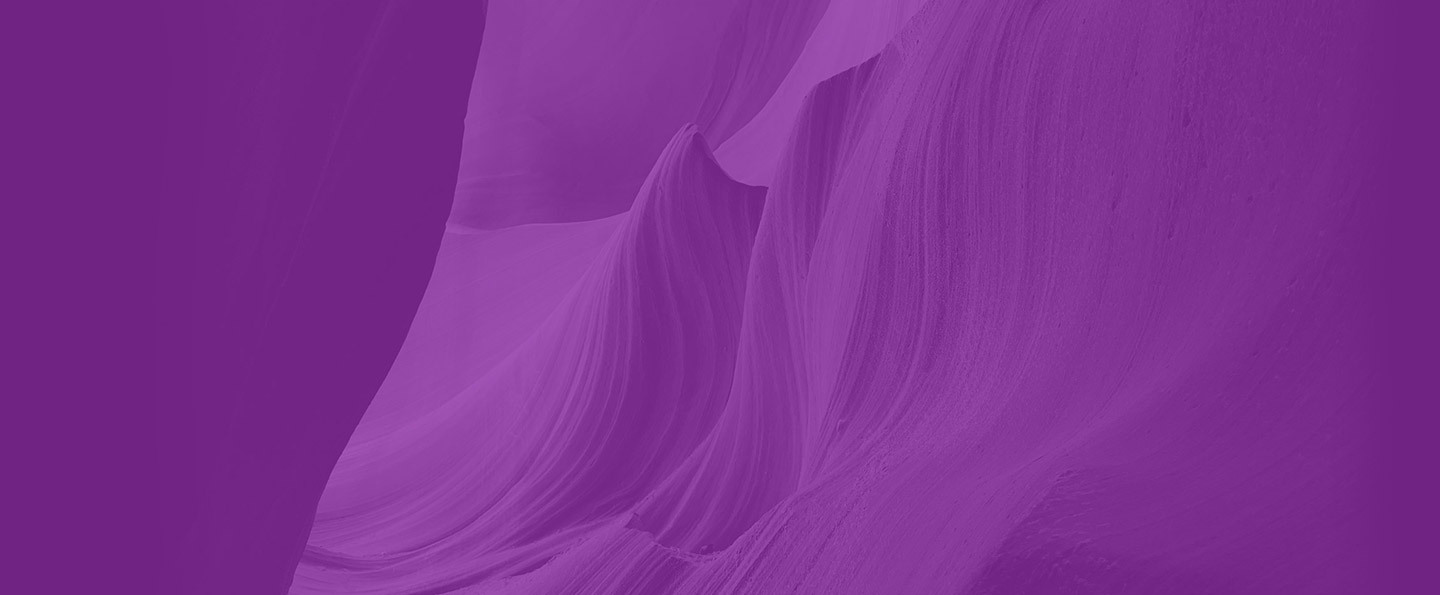
How to invest in ETFs in Australia
Via an online broker
Online brokers are increasingly popular as a simple, DIY platform to manage exchange traded investments such as Active ETFs, Passive ETFs and shares. Popular online brokers include:
Already have an account? Great! Simply search the code of the Active ETF you wish to invest in e.g. EIGA, IMPQ, ECOR or DHOF. and follow the prompts. The process is the same as investing in a single BHP or Westpac share.
Don’t have an account? Simply follow the sign-up procedures and once your account is active you can follow the steps above. Remember, you can use the one online broker account to make many investments in one place.
Via a traditional broker
Traditional brokers offer a more tailored service to their clients.
Examples of brokers include:
To execute and order through a traditional broker, call you broker and quote the code of the Active ETF you wish to invest in e.g. EIGA, IMPQ, ECOR or DHOF.
Via your financial adviser
Your financial adviser can probably help you invest into an Active ETF. Call or email them and quote the code (e.g. EIGA, IMPQ, ECOR or DHOF) and the amount you wish to invest. It’s that simple!
If you like we can send then an information pack designed for advisers so they can learn about the Active ETF.
Follow the prompts here for an automated email to be sent to them with all the details.
Platform Availability
This table shows the current availability of Perennial Partners Active ETF Products on Super menus of the respective platforms. If you would like exposure on other platforms please contact us at invest@perennial.net.au.
| Super Menu | EIGA | IMPQ | ECOR | DHOF |
| BT Panorama | X | |||
| HUB24 | X | X | X | |
| IOOF Pursuit | X | X | ||
| IOOF eXpand | X | X | ||
| Macquarie Wrap | X | |||
| AMP North | X | X | ||
| Netwealth | X | X | ||
| Powerwrap | X | |||
| Praemium | X | X | ||
| WealthO2 | X | X | X |
How to invest in ETFs
Exchange Traded Funds (ETFs) are parcels of securities such as bonds and shares which are traded as a single unit, in much the same way as you can buy and sell shares. Unlike individual shares, ETFs are designed to reflect the performance of a specific index or market sector rather than the performance of a single security.
ETFs are made up of a wide range of underlying assets, compiled by ETF providers and fund managers, and you can buy them on exchanges such as the ASX in the same way as you would buy shares. One of the key benefits of ETFs is that it provides investors with easy access to a wider range of assets than buying individual stocks and shares.
ETFs vs mutual funds
Mutual funds, often used as an alternative to savings accounts, are another investment option which works on a similar principle to ETFs, pooling investors’ money into a range of assets. What sets ETFs apart are their iNAV, or indicative Net Asset Value. The iNav refers to the total estimated value of the assets held in a portfolio.
Unlike mutual funds, whose value is calculated only at the end of the day (limiting opportunities to buy and sell as a result), ETFs provide a regularly updated iNAV to give investors an accurate idea of a fair price for an ETF unit. This allows investors to trade ETFs much more freely, making them a much more liquid investment than mutual funds. In turn, this gives investors more freedom in their trading strategies.
How to buy ETFs
Just like stocks, ETFs are bought and sold on the stock market, meaning you’ll need to open a brokerage account to begin investing in them. Online brokers are often the best option for new traders, so you should compare online share trading platforms as a first step to find one that’s right for you.
Open a trading account
Check each one’s brokerage fees, whether they impose inactivity fees, minimum deposit amounts and what markets they have access to. If you’re new to investing, choosing an easy-to-use trading platform with educational features and financial advice can also be a good option.
Some things to consider when choosing an ETF
After you’ve opened a trading account, it’s time to choose your ETFs. There are different types of ETFs, as explained below, but no matter the variety of ETFs you should assess two important factors: the expense ratio and whether they pay dividends. The expense ratio is essentially the fixed rate you pay the issuer for the ETF’s management, normally shown as a percentage; for example, a 1% rate on an investment of $800 would mean paying $8 per year.
Dividends may or may not be paid depending on the underlying assets and the terms of the fund. Should your ETF pay dividends, check whether they are paid directly to your bank account or if they are automatically reinvested as part of a dividend reinvestment plan (DRP). Information on both the expense ratio and dividends should be available in the ETF’s product disclosure statement.
Final thoughts
As with every investment, exchange-traded funds do carry risk and it’s important for every investor to do their own research, conduct due diligence, investigate the product disclosure statement and be aware of the pros and cons from a taxation standpoint.
That said, ETFs can be a great way to diversify your portfolio and gain access to a wide array of asset classes, especially for investors that are looking to build wealth, minimise risk and capitalise on the benefits that investors can gain from an ETF.
